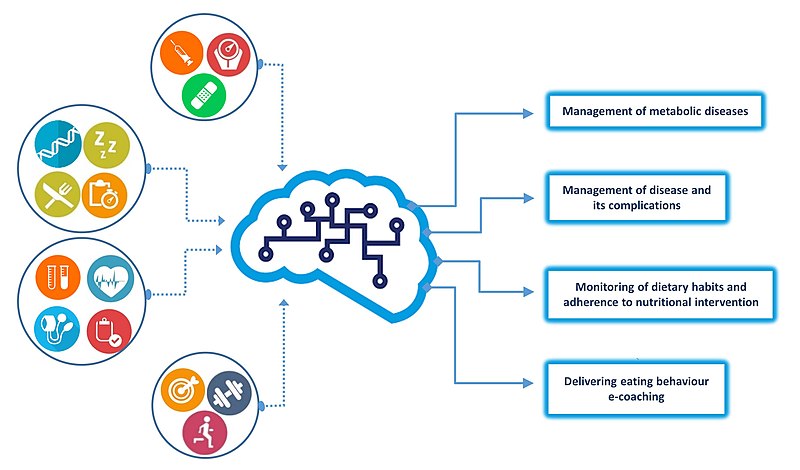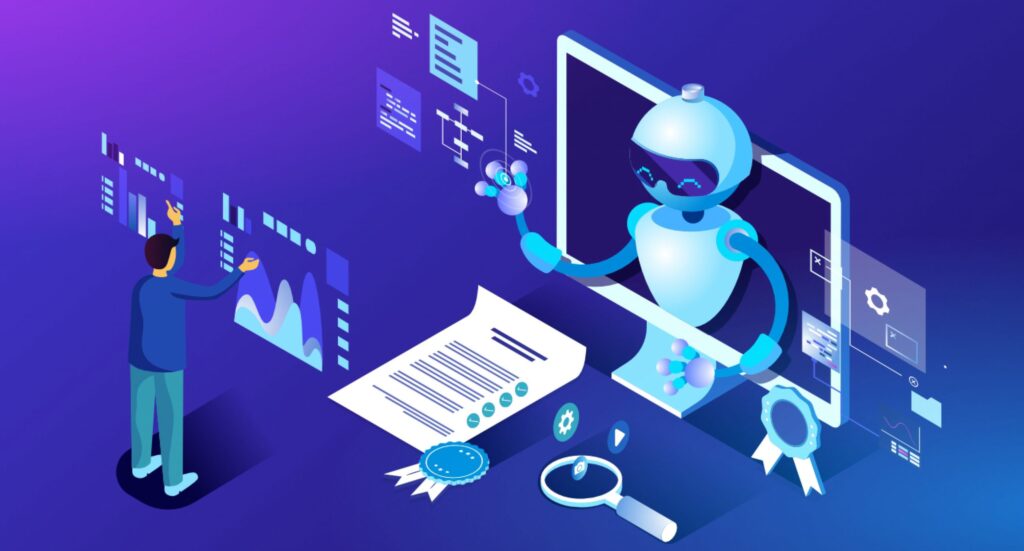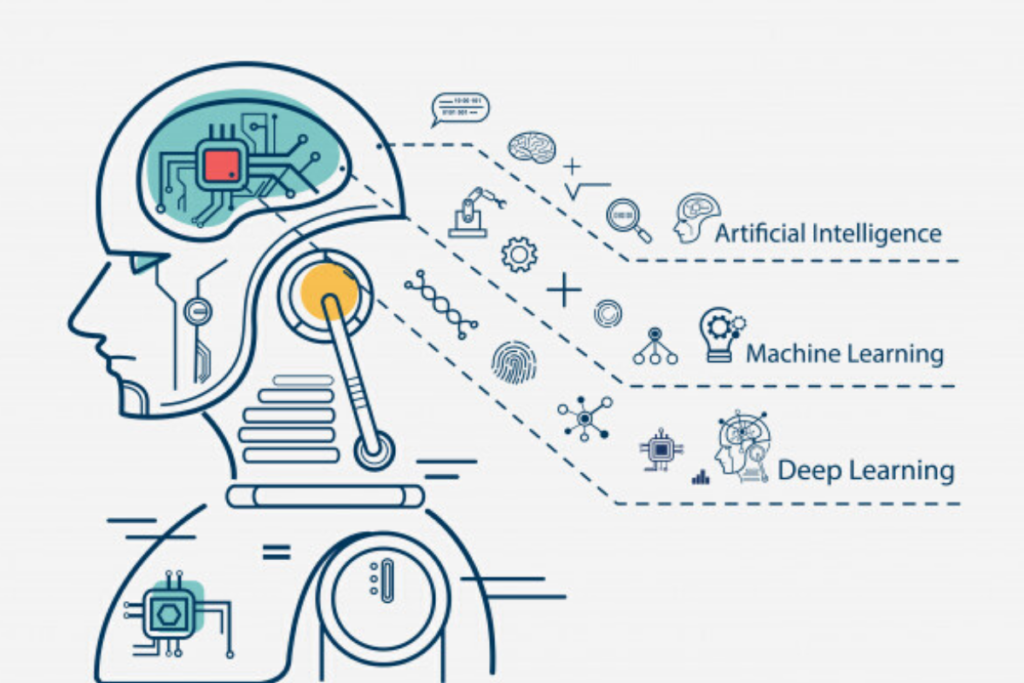Introduction
Artificial Intelligence (AI) is altering industries and daily lives at an incredible rate. Due to the explosive growth of AI, it’s not a surprise that an array of terms have emerged that represent specific ideas, techniques, methodologies, or technologies in AI. Knowing these artificial intelligence acronyms by alaikas is essential for those who want to explore the AI world efficiently. In this blog post, we will look into many of the most pertinent AI acronyms, using the PAS (Problem-Agitate-Solution) copywriting framework to illustrate their significance and implications. In this blog post, we will explore actual information, such as real-world instances, in order to provide the context and understanding of every acronym.

The Problem: Confusion in a Growing Acronym Jungle
If you are who are new to AI or for professionals with years of experience, the continuous influx of acronyms could confuse you. Even though terms like “AI” and “ML” have become more commonplace however, specific words such as “NLP,” “CV,” and “ANN” can be overwhelming. A recent study conducted by McKinsey discovered that 70 percent of CEOs said they were unsure of AI terminology. This can hamper effective communication and decision-making within companies.
Agitate: The Consequences of Not Knowing AI Acronyms
If staff members aren’t familiar with the most important acronyms and terms, the consequences can be grave. In discussions, misunderstandings can arise that can result in poor cooperation or misaligned objectives.
In a Deloitte research, 42% of businesses said they were not clear on their understanding of AI technology as the primary obstacle to success in AI integration. Uncertainty can lead to barriers that hinder the advancement of AI’s potential and place companies struggling to catch ahead of their competition.
The Solution: A Comprehensive Guide to AI Acronyms
I’ve organized the various acronyms into categories, giving their definitions, importance, and practical applications.
1. Common AI Acronyms
Let’s look into the most commonly used terms in the AI domain.
- AI (Artificial Intelligence) basically refers to the replication of human cognitive abilities in computers that are designed to be able to think and behave like human beings. An analysis by PwC suggests that AI could add $15.7 trillion to the world economy till 2030.
- ML (Machine Learning): A part of AI that allows machines to use data to make decisions and increase their efficiency without explicitly programming. According to Statista The global machine learning market is predicted to grow to $117 billion in 2027.
- DLL (Deep Learning) is The part of ML that makes use of neural networks made up of numerous layers (deep networks) to examine various elements of information.
Personal Reflection
When I first heard of the phrase “machine learning,” I discovered that I was applying the word AI and not understanding all the subsets of it. The understanding of ML changed the game for me, providing an easier path to explore the ways that data drives intelligent decision-making.
- NLP (Natural Language Processing) The term refers to computer interaction with humans using natural spoken language. Companies use NLP to analyze sentiment and chatbots. Studies show that the worldwide NLP market is expected to expand by $26.4 billion by 2024.
- CV (Computer Vision) is a actually an AI field that allows computers to understand and make decisions by analyzing visual data. The applications comprise facial recognition systems as well as automated quality inspections within production.
- “ANN” (Artificial Neural Networks) Models for computation designed by humans that are used for ML as well as DL. They can be particularly useful in prediction modeling, pattern recognition as well as classification jobs.
My first exposure to information about the process of natural language processing in a class led me to see the possibilities of AI in the field of customer service. I was able to see how companies could increase customer satisfaction by using chatbots that understood the needs of customers more efficiently.

2. Specialized Acronyms in AI
In the course of delving into specific fields and areas, the terms become more specific. Below are some of the niche words that are essential to the AI conversation:
- RPA (Robotic Process Automation) A technology using software robots to automatize tasks that humans traditionally carry out. The RPA market is predicted to reach $25.66 billion by 2026.
- GAN (Generative Adversarial Network): A type of ML framework that has two neural networks competing against one another to produce fresh data examples. GANs are used extensively in making realistic pictures and in enhancing the data quality of techniques for enhancing.
- IoT (Internet of Things) is the interconnected device network that exchanges and shares information. The integration of AI in IoT transforms industries like farming, smart homes, and logistics, resulting in greater efficiency.
Personal Reflection
Being able to recognize terms like RPA and GAN seemed like developing a toolkit for use in the real world. Knowing how these technologies work and compliment each other provided me insight into the possibilities to be innovative in my job.
- API (Application Programming Interface) API is a collection of protocols that allow various software programs to talk with one another. APIs play an important role in AI as they enable developers to incorporate AI capabilities into their existing software easily.
- KPI (Key Performance Indicator) Measures that are utilized to measure the performance as well as the performance of an organisation when it comes to achieving its goals. When it comes to AI programs, KPIs assist in determining the effect of AI technology on productivity as well as the profitability of an organization.
- B2B (Business to Business) is a term used to describe transactions that are conducted by companies that involve buying AI tools to improve operations. According to a report published by Forrester, the B2B AI industry is expected to increase at a rate of 50% per year until 2025.
The understanding that APIs enable communication between various systems made me comprehend the reasons the reason for smooth user experiences. I started to see the invisible connections that help the multiple technologies cooperate, which is vital to the current technological landscape.
Real-World Applications and Case Studies
Retail Example: Amazon and AI
Amazon utilizes AI extensively to tailor the shopping experience with recommendation systems based on algorithmic ML. Based on the analysis of purchase history and consumer preferences, Amazon can present tailored ideas, which account for the majority of the sales. According to a McKinsey report, approximately 35 percent of the sales made by Amazon are influenced by its sophisticated recommendation engine.
Healthcare Example: IBM Watson
IBM Watson uses NLP and ML to aid healthcare experts in diagnosing illnesses and suggesting treatment options. Watson is able to analyze huge amounts of medical information, delivering information that could result in better outcomes for patients. In a case study involving breast cancer diagnosis, Watson was able to give treatment suggestions that were in line with oncologists who are experts in 96% of cases.
Financial Services Example: ZestFinance
ZestFinance makes use of AI to determine the risk of credit by using deep learning algorithms to analyze an array of information that goes beyond the traditional credit score. This helps lenders make more educated decisions. The report noted that the ZestFinance model improved the power of predictive credit decisions by 30% in comparison to conventional methods.
Personal Reflection
Watching the way AI changes industries has strengthened my conviction in the power of AI. Particularly, I was drawn by the applications in healthcare in which AI is able to assist in making life-saving choices. It was inspiring to witness the technology boost human Intelligence and enhance critical outcomes.

Understanding Common AI Acronyms
There are many people who search to understand the most commonly used terms in the field of Artificial Intelligence. It is usually a description of terms such as AI (Artificial Intelligence), ML (Machine Learning), DL (Deep Learning), NLP (Natural Language Processing), and CV (Computer Vision). The ability to understand these acronyms can help individuals comprehend AI discussion, which makes it easier for them to understand developments and trends within the area.
The Importance of AI in Different Industries
Being aware of the applications of AI within these areas will give insight into the specific terms and their applications. A lot of people seek out case studies that demonstrate the real-world application of AI, thus proving the value of AI as an engine within modern corporate methods.
AI Acronyms and Their Implications for Business
The majority of searches focus on the ways the understanding of AI acronyms may influence business decisions. The focus is on ways companies can use AI technology to boost efficiency, improve customer experience as well as drive new ideas. The discussion of acronyms like RPA (Robotic Process Automation) as well as KPI (Key Performance Indicator) is common within this context since they directly relate to the organization’s performance.
AI Trends and the Future of Artificial Intelligence
It is a topic that typically involves discussions regarding advances in machine learning as well as natural language processing as well as the implications for the employment market. Being up to date with AI developments allows people as well as organizations to remain competitive in a constantly changing market.
Educational Resources for Learning AI Acronyms
Many readers want to know how they can access informational resources for learning more about artificial Intelligence as well as its terminology. It includes online courses as well as webinars, articles, and even books that focus on simplifying AI terms for people who are new to the field. Finding reliable sources can help individuals improve their understanding and abilities regarding AI.

Conclusion
AI acronyms constitute a major part of the discussion on artificial Intelligence and the capabilities AI can offer. By examining these terms it is possible to gain a better understanding of this subject, and also facilitate more in-depth discussions about the impact of AI across various fields.
The knowledge of these terms can assist professionals in their ability to better communicate and use AI strategies more easily. I’ve experienced how having the clarity of the terms I’ve learned has enhanced my understanding and capacity to interact with other professionals within the area.
As AI continues to develop and influence our lives, being proficient in its terminology is vital for all looking to be in the game. No matter if you’re a new professional or an expert with years of experience learning these technological advances in the future.
I urge readers to study these words further since they are the keys to unlocking the power of AI for our daily lives as well as businesses. Learning about AI acronyms is more than an exercise in formality; it’s vital to harness the power of AI in the coming years.
FAQS
It is crucial to be aware of AI abbreviations?
Knowing AI acronyms is vital to successful communication within the world of technology. This helps professionals understand complicated concepts, aids in collaboration and makes sure that they keep pace with the advancements and developments within AI.
What’s the distinction between AI and the three terms ML, AI, and DL?
AI is the term used to describe the simulation of human-like Intelligence within computers. Machine Learning (ML) is an aspect of AI that allows systems to be able to understand information. Deep Learning (DL) is another part of ML that makes use of neural networks with layers to analyze complicated patterns in data.
How can NLP influence the technology that we use every day?
Natural Language Processing (NLP) allows machines to comprehend and react to human speech. It is essential to programs like virtual assistants and chatbots, as well as the tools for sentiment analysis employed in customer service and marketing.
What sectors would benefit the most from AI technology?
Many industries can benefit greatly from AI, such as healthcare (for diagnoses and treatment advice) as well as financial services (for identification of fraudulent activity and risk analysis) as well as retail (for customized shopping experience), and automobile (for automated driving technology).
Do you have some examples of AI terms that are used?
Examples are RPA (Robotic Process Automation), which automatizes routine tasks within businesses, as well as GAN (Generative Adversarial Network), which is a system that generates fresh data objects by letting two neural networks fight one another.
What are the challenges companies have to confront with regard to AI acronyms?
Many companies struggle to comprehend AI terms, which could result in miscommunication, un-set goals, and issues when implementing AI strategies effectively in their companies.
How do you think AI is changing the work market?
AI has revolutionized the employment market through the automation of certain processes, leading to job loss in a few sectors. Still, it also opens up new possibilities in the field of technology as well as data analysis, AI ethics, as well as other areas that require oversight by humans as well as creativity.
What sources can I utilize for more information about AI Acronyms?
There are a variety of courses online, as well as articles and books that concentrate on artificial Intelligence as well as its terms. Sites such as Coursera, edX, and blog sites that are specific to the field provide useful materials to help you learn.
What’s the value of being aware of AI acronyms to advance my profession?
Being familiar with AI acronyms helps you gain a better understanding of discussions in the field, making you attractive to prospective employers. It also enables you to utilize AI technology to your advantage in your job, assisting your career progression.
